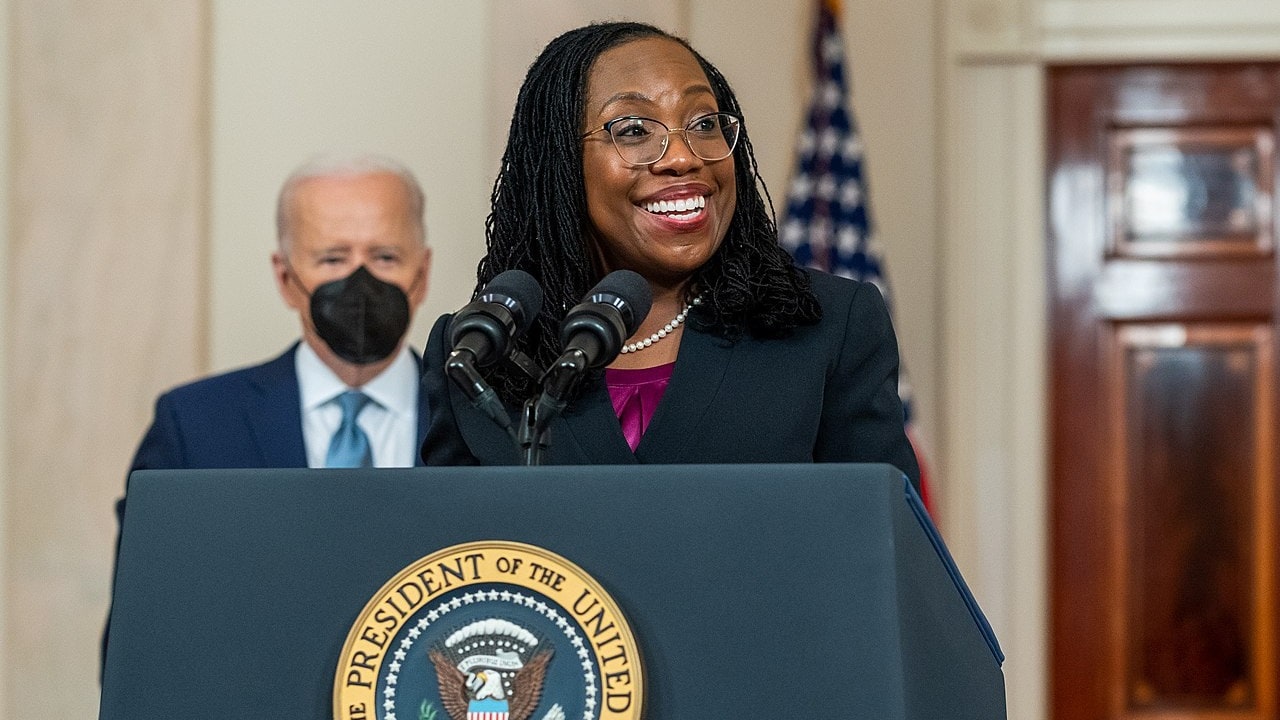The U.S. Supreme Court is finished for the term, but questions about accuracy should follow some justices into the next session in October.
For example: Was Justice Sonia Sotomayor correct in her description of a key historical event in a recent dissenting opinion—or did she obscure details to suit her purposes? And with the revelation that her colleague, Justice Ketanji Brown Jackson, incorrectly cited research findings in a dissent, Americans are right to ask whether the justices bend facts to fit their arguments.
In Students for Fair Admissions v. Harvard and Students for Fair Admissions v. University of North Carolina, Sotomayor disagreed with the majority and argued in favor of college administrators’ use of racial preferences in college admissions.
As part of her dissent, she wrote that 18th-century lawmakers “accorded Southern States additional electoral power by counting three-fifths of their enslaved population in apportioning congressional seats.”
This “three-fifths compromise” and the Founding Fathers’ intentions in adopting it have been the subject of much misinterpretation over the years. Sotomayor’s interpretation is that the representatives at the Constitutional Convention in Philadelphia designated slaves as three-fifths of a person because they saw them as less than people, which would undermine the abolitionist leanings among the Founders.
Yet history does not support this position, and while there were consequences to the three-fifths clause that both abolitionists and supporters of slavery did not intend, the evidence is clear: The three-fifths language acknowledged that slaves were people, not property, in the Constitution, and the clause reduced the count of each slave-supporting state’s population and limited their representation in Congress.
The clause (repealed by the 14th Amendment to the Constitution in 1868) read:
Representatives and direct Taxes shall be apportioned among the several States which may be included within this Union, according to their respective Numbers, which shall be determined by adding to the whole Number of free Persons, including those bound to Service for a Term of Years, and excluding Indians not taxed, three fifths of all other Persons.
Historian Sean Wilentz explains the significance of the language in “No Property in Man,” writing that “the compromise did not secure to the slaveholding states anything close to impregnable control over slavery.”
Wilentz says the Founders’ inclusion of the term “persons” helped block efforts by slaveowners to enshrine the concept of “property in man” in our Constitution. He says a competing proposal to make the clause the whole number of “all other persons” would have given Southern states significantly more representation in the House of Representatives. Wilentz says,
In South Carolina, for example, enslaved persons, according to the 1790 census, accounted for 43% of the total population. By that figure, under the three-fifths formula, the state’s representation was entitled to be 43.4% greater than it would have been had slaves not been counted at all. Under Butler and Pinckney’s formula [granting ‘whole representation’], it would have been 72.4% greater—enough for the state to expect at least another seat or two in the House.
Other historians agree. Erik M. Jensen from Case Western Reserve Law School says, “Among other things, counting slaves provided an incentive to import still more slaves.”
The compromise deemed that slaves were people and limited slaveowners’ use of slaves for political power—both crucial steps in advancing abolition.
Northwestern University law professor John O. McGinnis argues that the compromise was not purely an abolitionist effort, but evidence still supports the position that the three-fifths compromise “was likely one of the compromises needed to create the union, which likely ended slavery faster than the plausible alternatives.”
Additionally, Jackson faced criticism recently for improperly citing a statistic in her dissent in the University of North Carolina opinion (though the two cases were combined, Jackson recused herself from the Harvard opinion).
Jackson referenced a supposed finding regarding black infant mortality rates that is “mathematically impossible,” wrote Ted Frank of the Hamilton Lincoln Law Institute in a Wall Street Journal editorial. Frank said the statistic did not even appear in the original study.
The court’s majority opinion in this case is a vital piece of jurisprudence of historical significance that reinforces civil rights law. Meanwhile, the dissenting justice’s opinions contain arguments that will only wither with time and scrutiny.
Jonathan Butcher is the Will Skillman fellow in education at The Heritage Foundation and the author of “Splintered: Critical Race Theory and the Progressive War on Truth” (Post Hill Press/Bombardier Books, 2022). This first appeared in Daily Signal.

